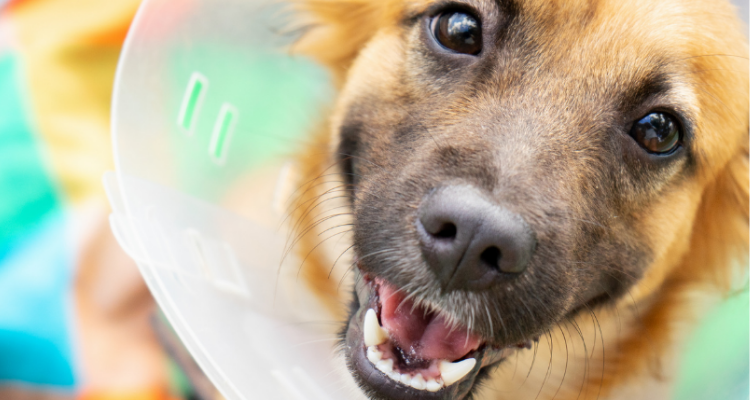Laparoscopic Spaying

Non-Invasive Laparoscopic Spaying
At Wil-O-Paw, we recommend our patients undergo ovariohysterectomy (spaying) around 6 months of age. Did you know spaying procedures are the most common elective procedure performed in small animal practices? We are excited to offer an alternative spaying procedure called Laparoscopic Spaying.
How is Laparoscopic spaying different from traditional spaying?
Laparoscopic spaying (Ovariectomy) involves only 2 tiny incisions in the abdomen, generally 1/8 inch to ½ inch, depending on the size of your pet. A tiny camera (laparoscope) is used to allow the doctor to magnify and have excellent visualization of the ovaries. The magnified view allows the doctor to carefully work without the stretching and pulling that is sometimes required for a traditional spay, and this can result in less pain for your pet. The doctor then carefully removes the ovaries, leaving the uterus inside your pet. Large studies have found that there is no significant advantage to removing a healthy uterus in dogs. After the procedure is complete, the two tiny incisions are sutured with absorbable sutures placed under the skin.
At Wil-O-Paw Animal Hospital, we perform many traditional spays on cats and dogs on a routine basis, but for medium to large dogs, we recommend laparoscopic spaying as the preferred method of spaying due to its many benefits over traditional spaying.
By incorporating some of the same less-invasive techniques routinely used in human medicine (i.e. endoscopy), this allows us to give your pet the same level of care you’d expect for yourself. If we would request laparoscopy for ourselves, why not for our pets?
Schedule Non-Invasive Laparoscopic Spaying in Coloma, MI
Call us to learn more about Laparoscopic Spaying at 269-468-7297
